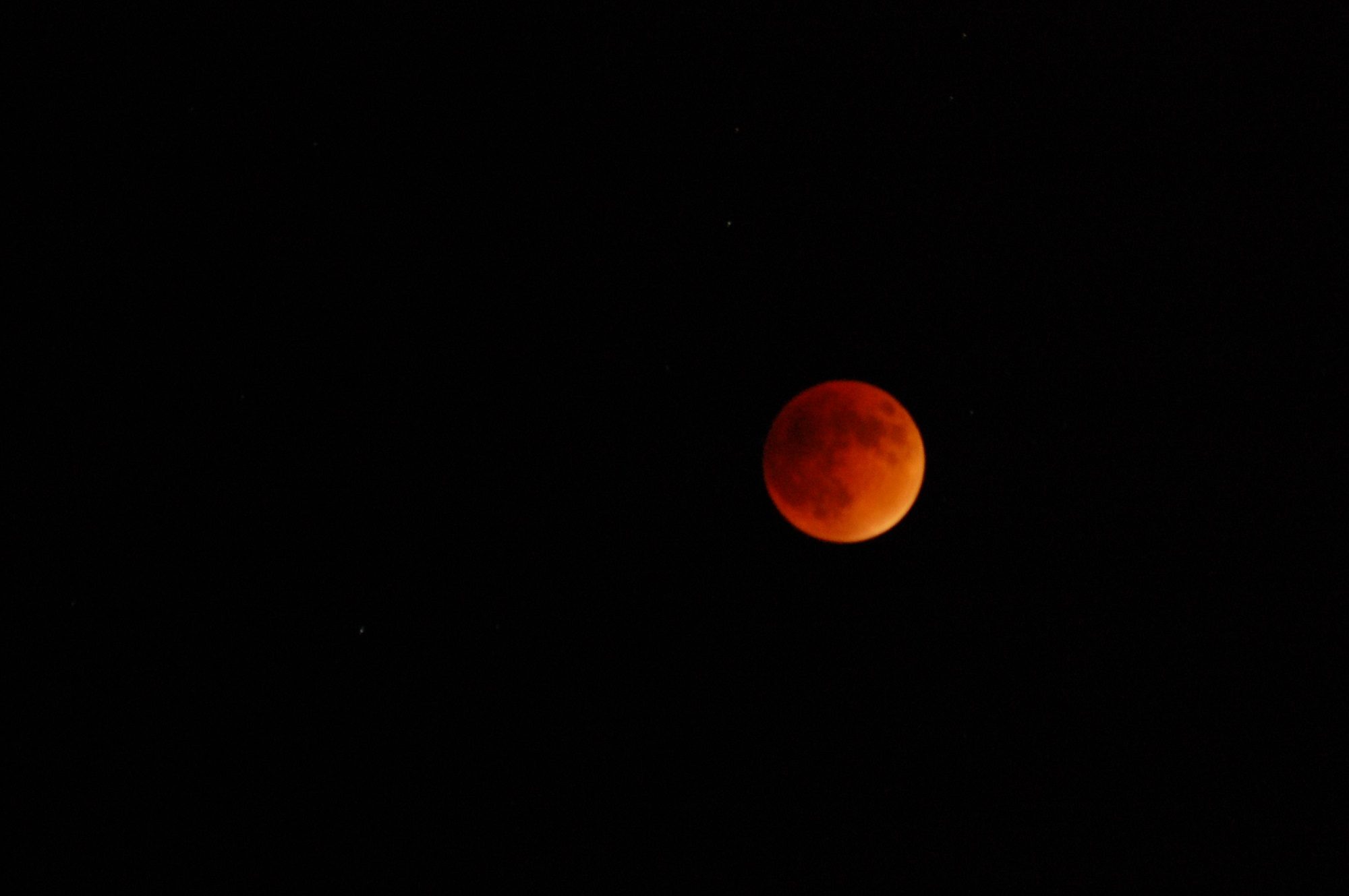Vegetation Water Content at 970 nm: Estimation Using Hyperspectral Vegetation Indices. This study takes advantage of the water absorption feature at 970 nm that is visible on the vegetation spectrum using hyperspectral field data. The downward deflection feature at 970 nm is not very pronounced but recognizable and can be used to estimate remotely the canopy water content. The individual performance of a number of existing vegetation water content (VWC) indices against the 970 nm absorption are assessed using linear regression model to establish relationships. Even so with the availability of existing VWC indices, such as the WBI and NDWI, using combinations of these indices for estimation have received limited consideration for vegetation studies. Merging indices while drawing attention to the absorption feature and boosting the weak liquid absorption band, is developed to maximize the sensitivity of the water index to VWC. The new Combined Vegetation Water Index (CVWI) showed a promise in assessing the vegetation water status derived from the 970 nm absorption wavelength. The results showed the CVWI was able to differentiate two groups of water content (WC) when regressed against the absorption feature – one coming from vegetation, the other from soil influence. Other water content indices failed to detect this. With a significant relationship observed in the cross-validation procedure (R2 = 0.46, RMSE = 0.013), results suggest that CVWI can become a potential indicator of vegetation liquid water at 970 nm.
Download the document here [PDF].
